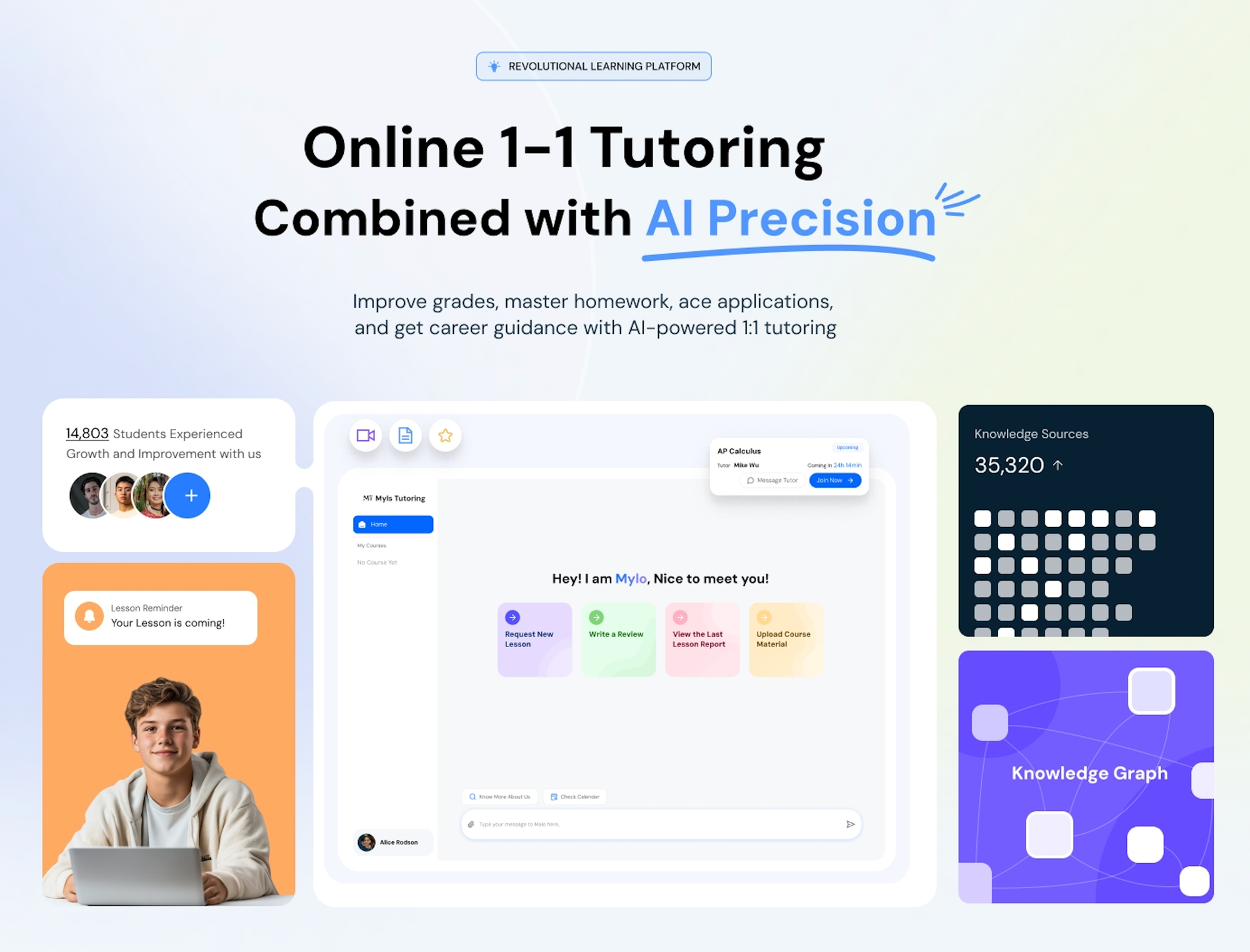How to Master Functions and Graphs in High School Math
Functions and graphs form the foundation of high school math success. Discover key strategies to build your graphing skills, avoid common mistakes, and learn how Myls Tutoring offers personalized help to boost your math confidence and performance.

For many students, functions and graphs can feel intimidating at first. They combine abstract algebra with visual interpretation, requiring a different set of skills compared to basic arithmetic. But here’s the good news: mastering functions and graphs is absolutely achievable—and once you do, it unlocks a deeper understanding of the math you’ll encounter in high school, university, and beyond.
Whether you’re studying functions in Grade 10 math, preparing for precalculus, or tackling AP Calculus, getting comfortable with graphs is essential. In this guide, we’ll break down key strategies for mastering functions and graphs, and how Myls Tutoring can support your learning every step of the way.
Why Functions and Graphs Matter
Functions represent relationships between two quantities: an input and an output. Graphs give you a visual way to understand how changes in one quantity affect the other. This concept is foundational to math topics like algebra, calculus, and even statistics.
In real-world terms, functions model everything from predicting business profits to describing the speed of a moving object. Without a strong understanding of how to read and create graphs, higher-level math becomes much harder to navigate.
Step 1: Master the Language of Functions
Before diving into graphing, it’s important to feel comfortable with function notation. Terms like f(x), domain, and range must become second nature.
Tips:
- Think of f(x) as “the output when x goes in.”
- Practice identifying the domain (all valid inputs) and range (all possible outputs).
- Work with simple linear, quadratic, and absolute value functions first.
According to Edutopia, using consistent math language helps students retain concepts longer and communicate their understanding clearly.
Step 2: Understand Key Families of Functions
Different types of functions have signature graphs. Recognizing these patterns will save you time and boost accuracy.
Common families to know:
- Linear (straight lines)
- Quadratic (parabolas)
- Cubic (S-shaped curves)
- Exponential (rapid growth or decay)
- Rational (functions with asymptotes)
Start by memorizing basic shapes and transformations like shifts, reflections, and stretches.
Step 3: Learn How Changes Affect Graphs
Understanding transformations is critical. How does adding 3 inside parentheses affect f(x)? (It shifts the graph left!) How does multiplying f(x) by –1 change it? (It reflects across the x-axis.)
Practicing transformations helps you predict graph changes without needing to plot every point manually—a crucial skill in timed exams.
Step 4: Practice Interpreting Real-World Graphs
Graphs aren’t just about plotting points—they’re tools for interpreting information. Spend time analyzing graphs in word problems:
- What does the slope represent?
- Where is the function increasing or decreasing?
- Are there any maximum or minimum points?
The National Council of Teachers of Mathematics emphasizes that real-world graph interpretation is a critical 21st-century skill, bridging math with data literacy.
Step 5: Build Fluency Through Regular Practice
Graphing skills improve through exposure and repetition. Don’t just practice textbook examples—use online graphing calculators like Desmos to experiment with different types of functions and observe how their graphs behave.
By graphing a variety of functions consistently, you’ll build intuition and confidence.
Common Pitfalls to Avoid
- Ignoring Domain Restrictions: Not all graphs continue forever. Watch for holes, breaks, and asymptotes.
- Forgetting Transformations: Small changes to equations can cause big changes to graphs.
- Relying on Memorization Only: Understand why graphs behave as they do—not just how to plot them.
How Myls Tutoring Can Help You Master Functions and Graphs

At Myls Tutoring, we believe that anyone can become confident with functions and graphs—with the right approach.
✅ Smart Diagnostic Assessment: Myls online tutoring matching platform identifies exactly where a student struggles—whether it’s graphing linear functions, understanding transformations, or analyzing word problems.
✅ Personalized Lesson Plans: Each student gets a tailored plan focused on mastering function types, improving graph interpretation, and applying transformations fluently.
✅ Interactive Graphing Tools: Our online tutoring platform uses graphing technology to help students visualize, manipulate, and understand graphs in real time.
✅ Expert Tutors Who Know How to Break It Down: Myls tutors specialize in making complex topics simple and accessible, using clear explanations and plenty of practice.
✅ Flexible Scheduling and Progress Tracking: Whether you need weekly support or exam prep, Myls online tutoring platform offers flexible options—and our progress dashboards keep students motivated by showing measurable improvement.
📘 Ready to take your understanding of functions and graphs to the next level?
🎯 Register today and experience the difference personalized support can make!




